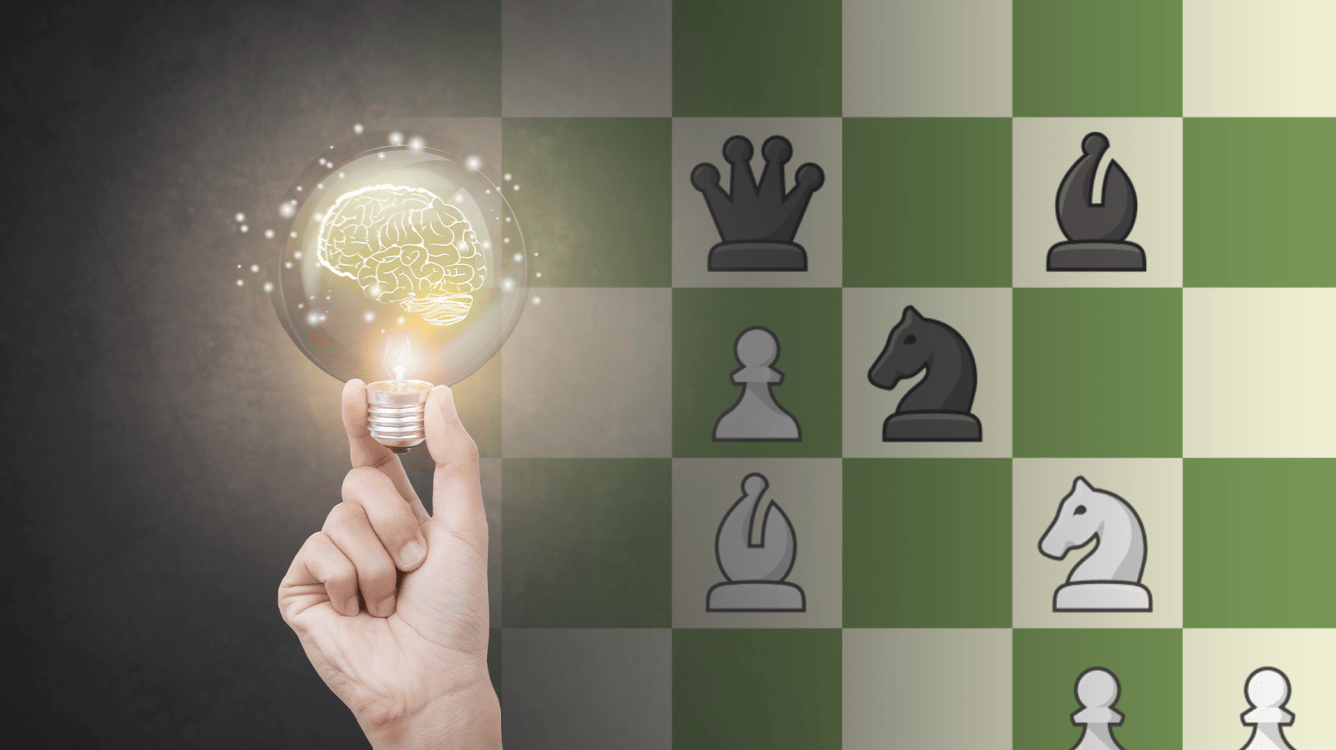
Knowledge Is Power!
Francis Bacon's famous statement: "Knowledge is power" was written in big block letters on a wall of my school, so I read it more than a thousand times in my childhood and it became firmly engraved in my mind. Watching the 2022 U.S. Chess Championship, I couldn't help but remember this wise saying again. In multiple games in the event, chess knowledge (or the lack thereof) decided the outcome.
I am sure you have already seen the following curious game between GMs Leinier Dominguez and Elshan Moradiabadi, which finished in 20 minutes and has already appeared pretty much everywhere. How can White win a minor piece right away?
Exactly four years ago I published an article where you can find exactly the same game, move for move, played by two super GMs, Alexander Grischuk and Jan-Krzysztof Duda. Of course, such a strong grandmaster as Moradiabadi doesn't need to read my articles, but he has to know that the knight on e4 is a very common target in this opening. As a matter of fact, the title of the abovementioned article was "The Cursed Knight In The Petrov."
I have no doubt that Moradiabadi is, in fact, well aware of this danger, and that this game was a classical case of absentmindedness. It has happened many times before, even to the best players. Who could forget the following famous game where the knight on e4 was once again targeted?
You might think that my point in showing these opening catastrophes is that you should study the openings that you play. True chess knowledge, however, is much wider than just memorization of openings. In many cases, you can learn ideas from one opening and use them in a totally different one. It is all about patterns!
Twelve years ago I offered the following puzzle in this article. Can you solve it?
That wasn't easy, was it? But if you managed to solve it, then the following position is going to be child's play for you:
Unfortunately, in the real game, White missed their golden opportunity.
In another old article, we discussed the so-called Siberian Trap in the Smith-Morra Gambit. Here is what it looks like:
You can find many more games in the above-mentioned article. The pattern is easy to see: Nf3 (or Nf6 for Black) protects the vital h2 square against a checkmate in one move. Black deflects the Nf3 by playing Nd4 (or Nd5! for White) and in order to avoid an instant checkmate, White has to give up a lot of material. This is exactly what happened in the next game after White's fatal blunder:
Don't get me wrong, I am not picking on the participants of the U.S. Championship. They are the best players in the nation. It is just more instructive and easier to learn from mistakes made by great players. And of course, in most cases, they demonstrate perfect knowledge of chess. Here is a good example:
Even though it looks like Black can win this position with his eyes closed, it is nevertheless tricky. As we discussed in this article, even one of the best players in the world made a huge mistake here:
I have no doubt that GM Dariusz Swiercz knew this endgame very well since his play (in the first example) was impeccable. So, as you can see: knowledge is power!



